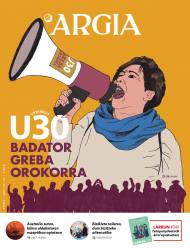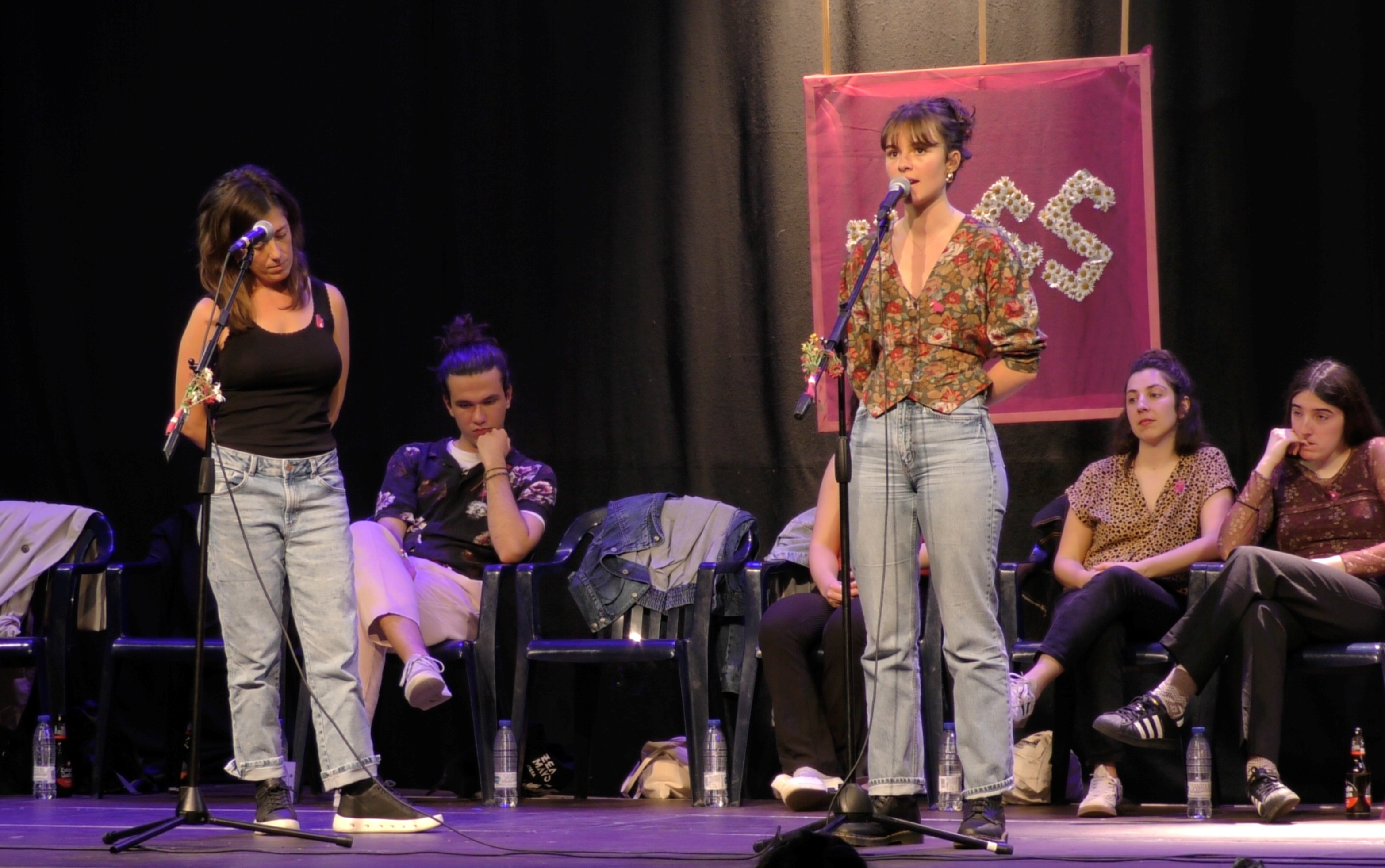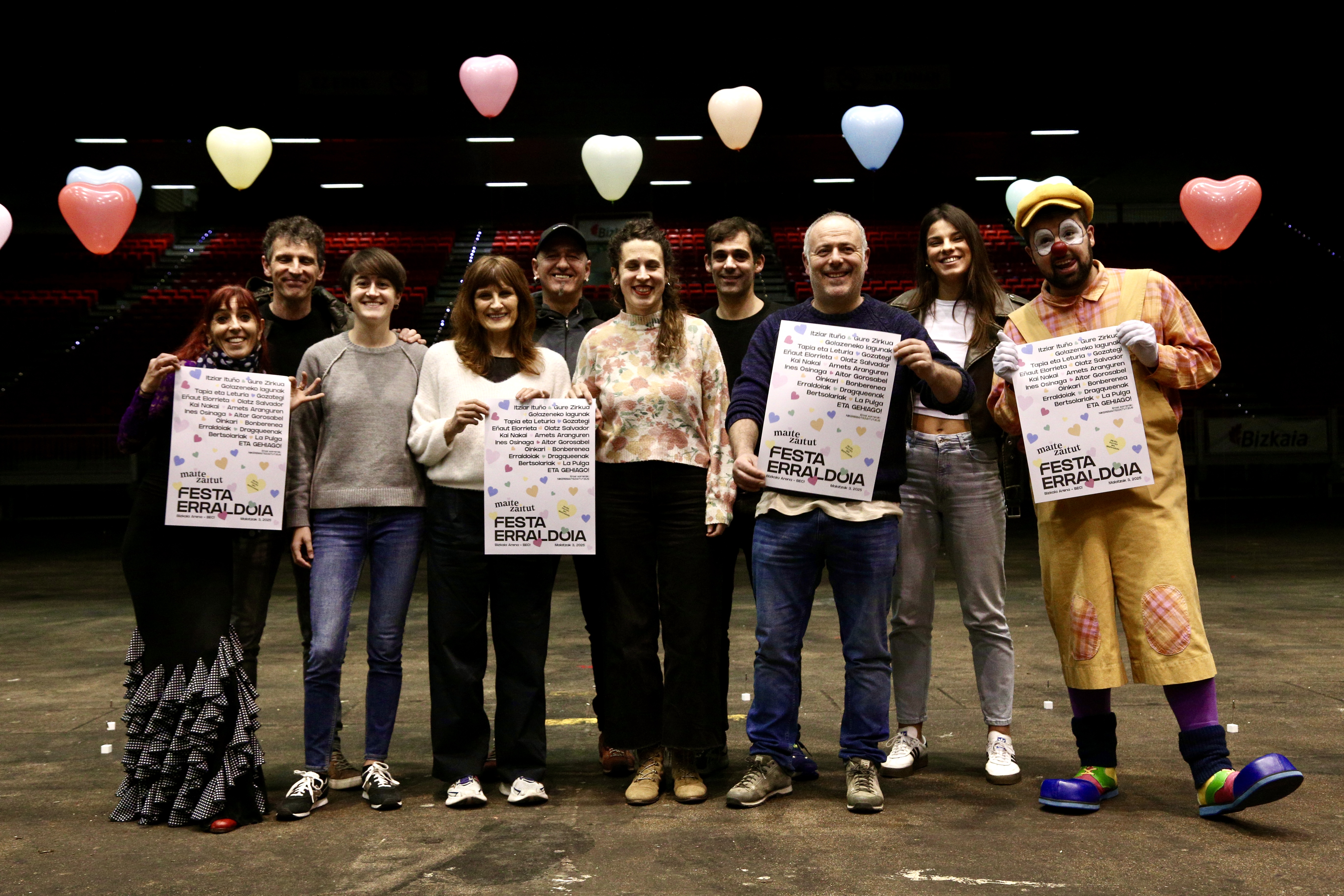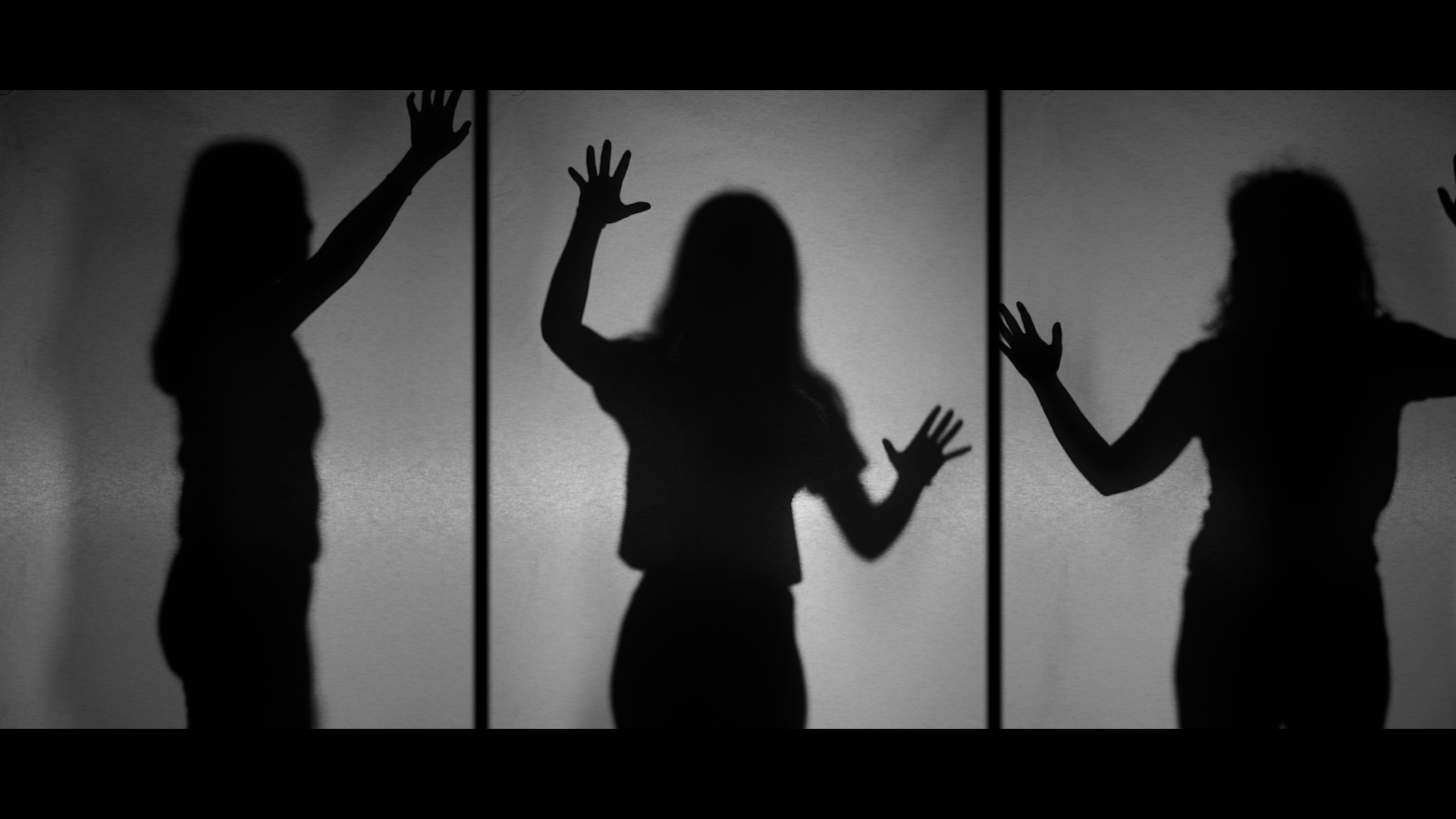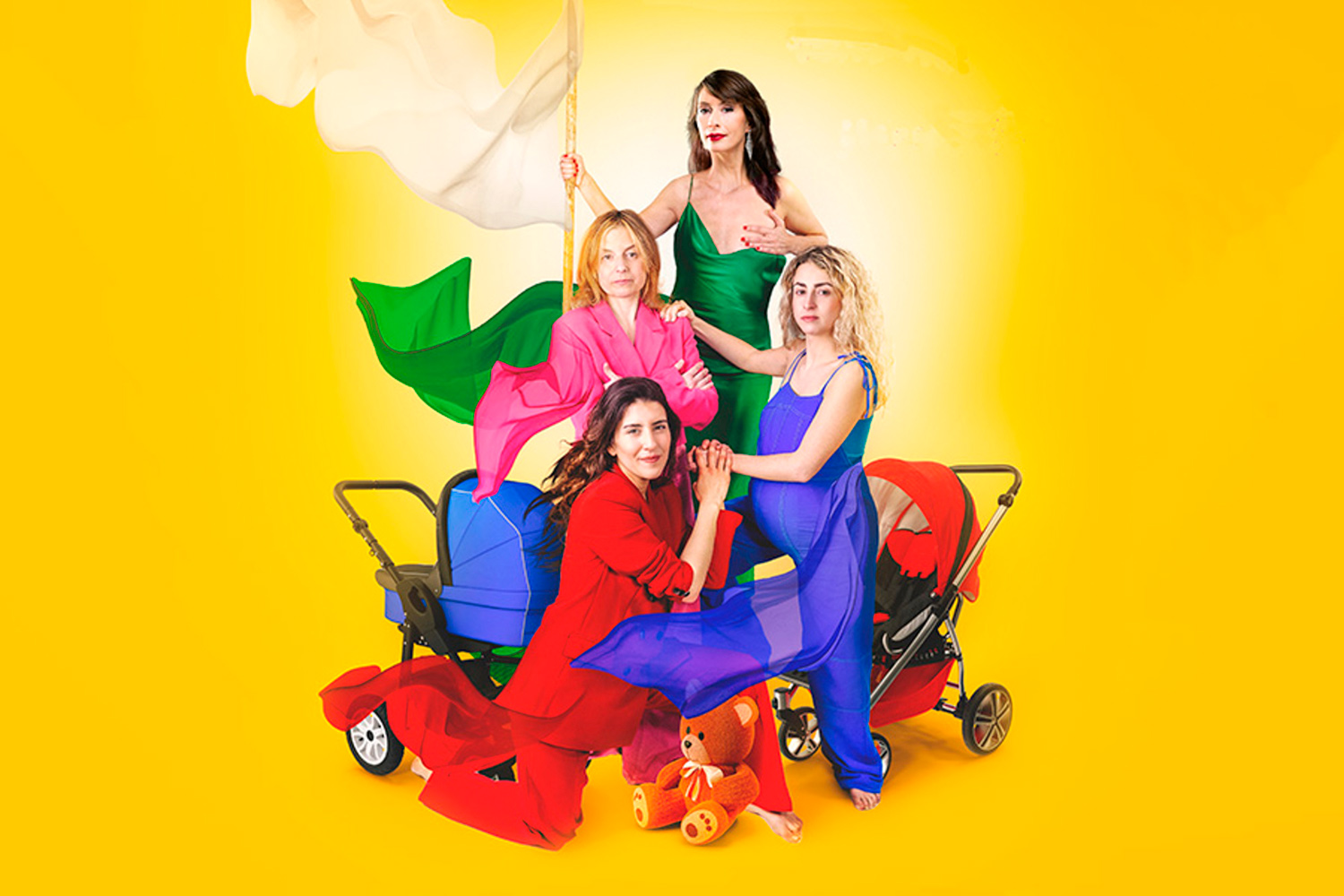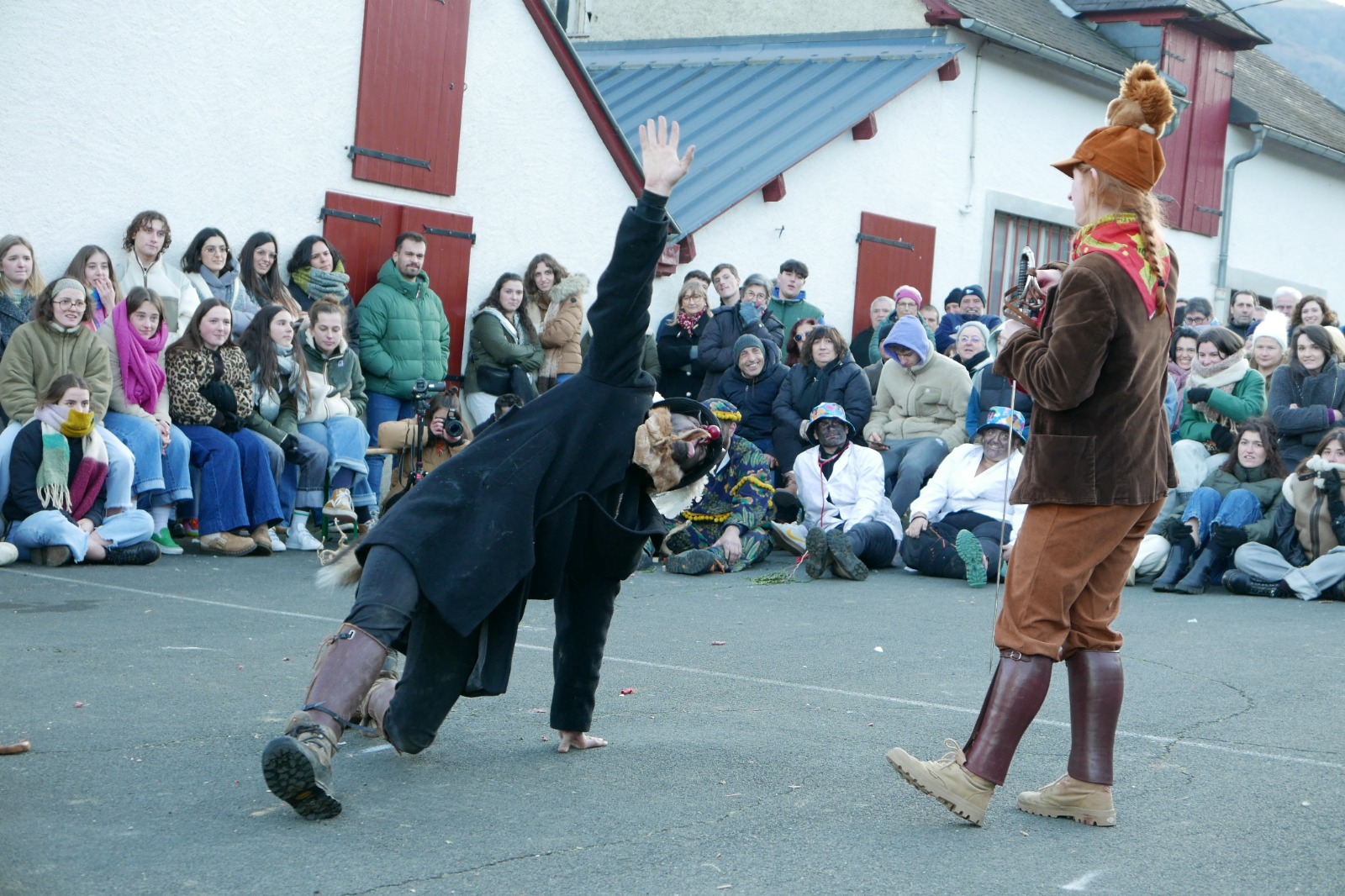From burdel to anime
- Japan, early 17th century. When the country was unified in the Tokugawa shogunate, the O began. After long conflicts, peace came to Japan, the bourgeoisie of the cities was hungry for entertainment and a suitable environment for artistic and cultural activities was created.
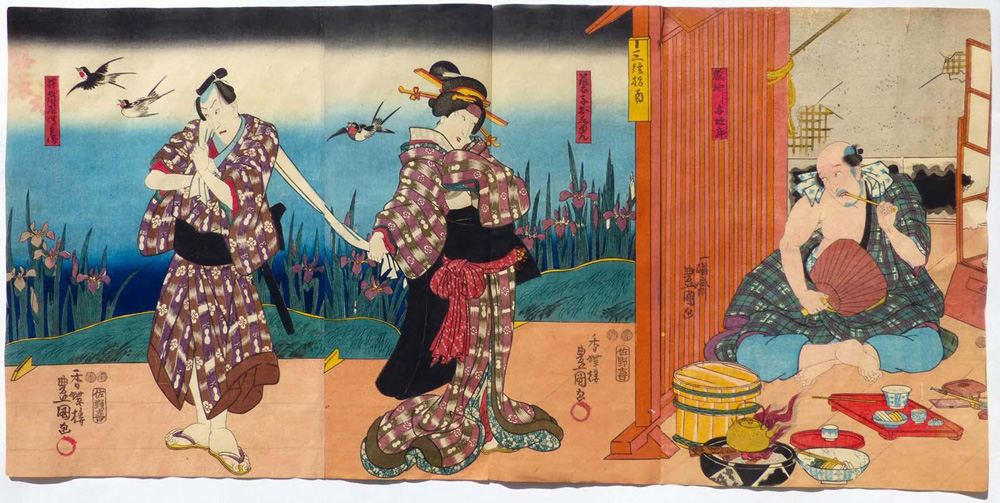
Izumo no Okuni was the priest of the temple of Izumo and was a skilled dancer. To get money for the temple, a group of prostitutes met and began performing dance and poetry shows. But soon, with his success, he left the temple and dedicated his whole life to shows. In fact, the show was a claim for the clients of the prostitutes who tried it. This extra service offered by the Okuni dantzaris was not new, but the previous show was. Nothing was invented, but with various dances and modified texts it laid the foundations for the mode of representation of goats.
The sexual contents, the transgressive aesthetic – often Okuni used men’s clothing on stage –, the innovative ways of telling stories, the possibilities of sexual relations with the actors… aroused the passions of citizenship. Given that a third of the Japanese at the time carried the Catana or the sword back, the shows had a bloody end. Therefore, in 1629 the authorities took measures to avoid confrontation. Were weapons banned in Kabukia? No, actresses were banned.
Young, androgyn-looking boys to perform female roles started using so-called onnagata. Homosexual relations were not taboo at the time of Edo, and onnagas also offered sexual services to viewers. And some viewers also began to consume these services. The problem was not only solved, but intensified. The shōgun ministers then decided to ban women's roles too, and therefore undulating.
Again, in vain. The history of older men represented by adult men did not arouse public interest. Theatrical entrepreneurs invented all kinds of tricks to overcome censorship, and actressed women dressed as men started coming in. Seeing that the remedy was worse than the disease, the roles of women and of undulation were again assumed in the cabaret. But actresses don't. So they invented by tactiles, a form of theater in which all roles are exclusively performed by female actresses.
That mold, created by the prohibitions and launched 400 years ago, was radically entrenched in Japanese culture and still today that influence is very great. In anime, mangan and other Japanese artistic and aesthetic manifestations, androgyny and fuzzy gender limits are very evident.
Festa egiteko musika eta kontzertu eskaintza ez ezik, erakusketak, hitzaldiak, zine eta antzerki ikuskizunak eta zientoka ekintza kultural antolatu dituzte eragile ugarik Martxoaren 8aren bueltarako. Artikulu honetan, bilduma moduan, zokorrak gisa miatuko ditugu Euskal Herriko... [+]
ERREALITATEAREN HARRIBITXIAK
Nork: Josu Iriarte, Nerea Lizarralde, Jare Torralba eta Amets Larralde. Mikel Martinezek zuzenduta eta Jokin Oregiren testuetatik abiatuta.
Noiz: otsailaren 21ean.
Non: Bilboko 7katu... [+]
Vagina Shadow(iko)
Group: The Mud Flowers.
The actors: Araitz Katarain, Janire Arrizabalaga and Izaro Bilbao.
Directed by: by Iraitz Lizarraga.
When: February 2nd.
In which: In the Usurbil Fire Room.
Duela hemeretzi urte berpiztu zen libertimenduen usadioa Donibane Garazin. Antton Lukuk abiatu zuen mugimendu hori, eta bi hamarkadetan, Ipar Euskal Herriko herri desberdinetara ez ezik, Hegoaldera ere hedatu da.
Arizona
Actors: Justin Garfield and Jon Plazaola...
WHEN: January 26th.
IN WHICH: The New Culture Center. In the square.
-------------------------------------------
The couple Margaret (Aitziber Garmendia) and George (Jon Plazaola) leave Idaho to guard the border between... [+]
AMAK
Company: Txalo teatroa.
Created by:Elena Díaz.
Address: Begoña Bilbao.
Actors: Finally, Ibon Gaztañazpi will account for the details of Intza Alkain, Tania Fornieles, Oihana Maritorena and IRAITZ Lizarraga.
When: 10 January.
Where: Auditorio Itsas Etxea... [+]
Basabürüako ibar eskuineko gazteek lehen maskarada arrakastatsua eman dute igandean, Lakarrin.









